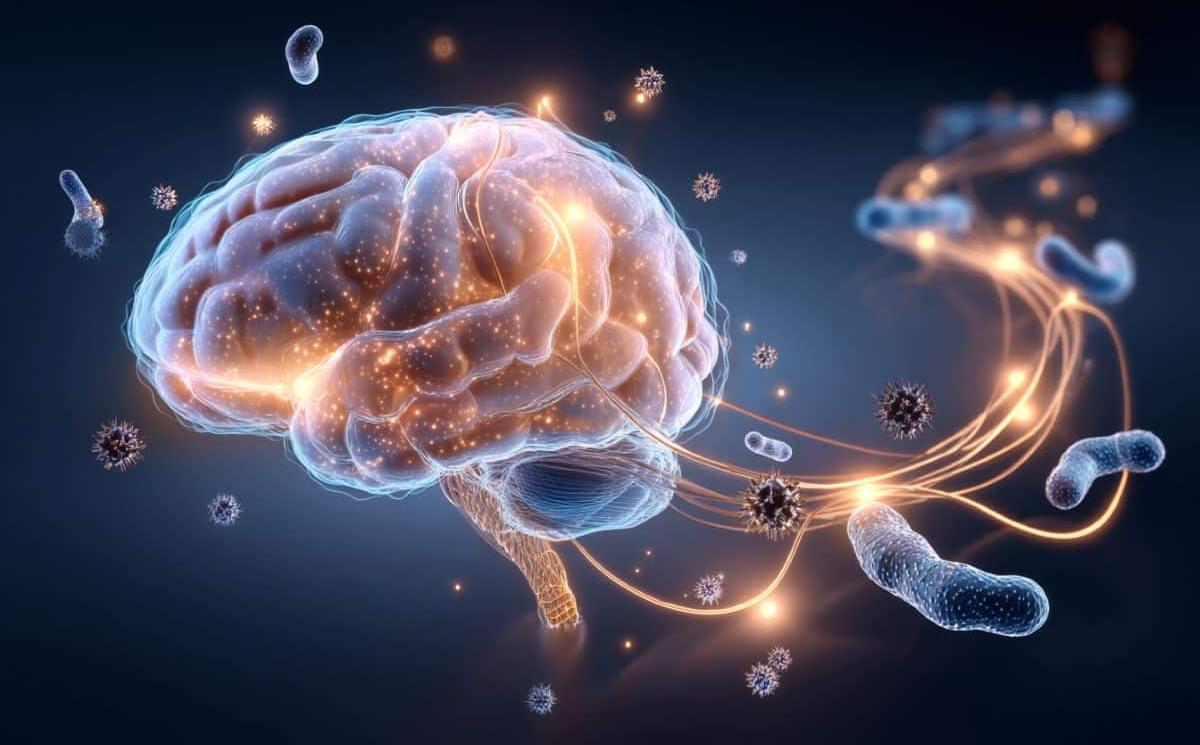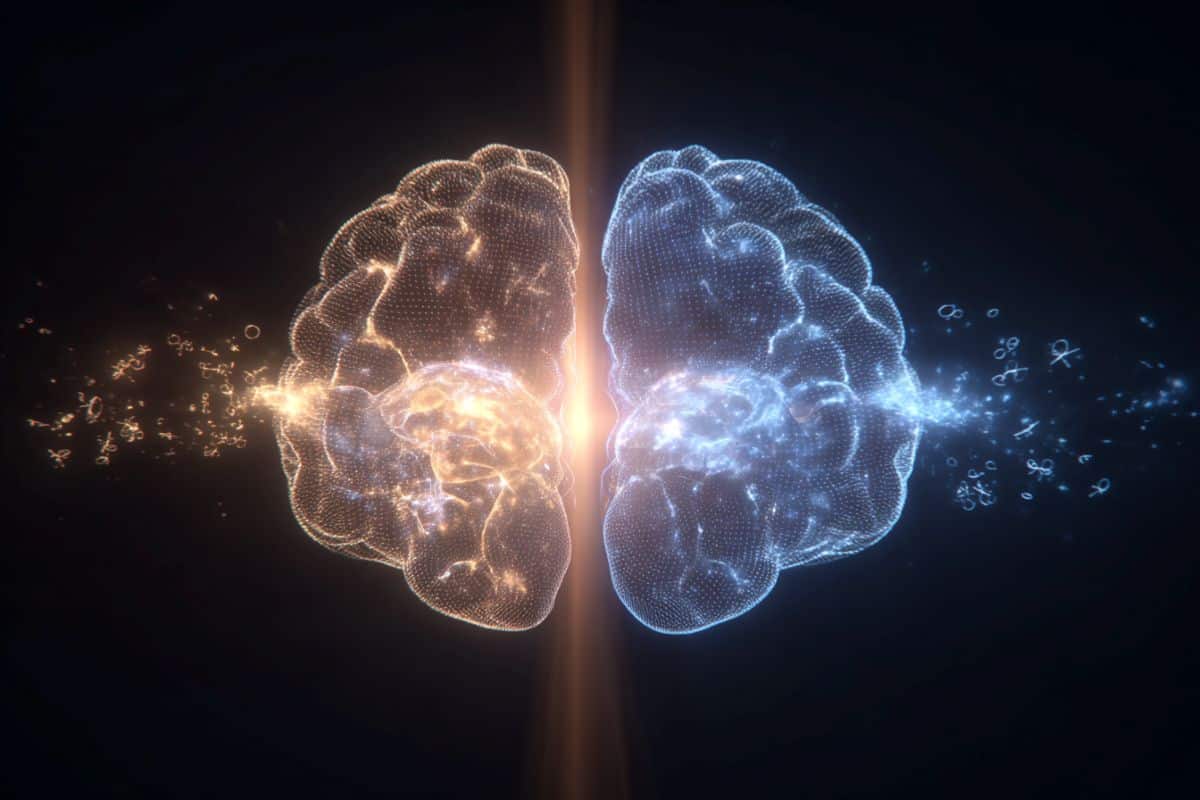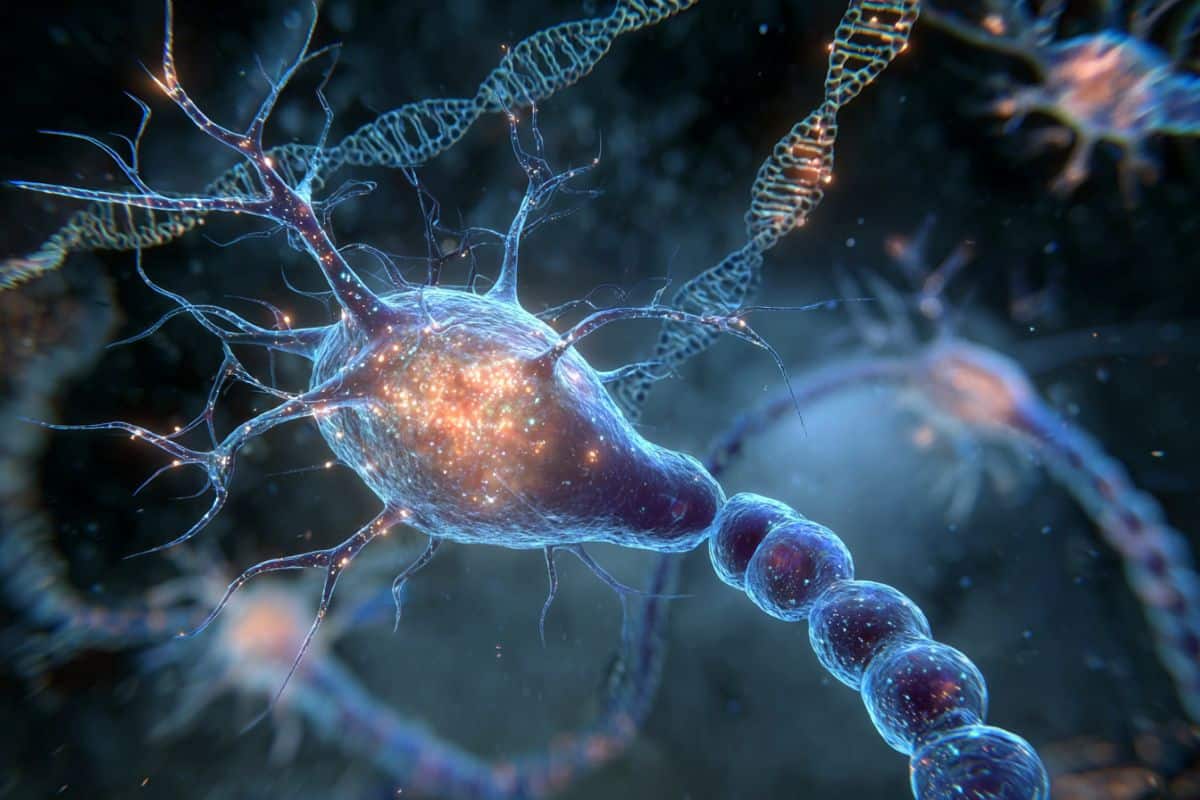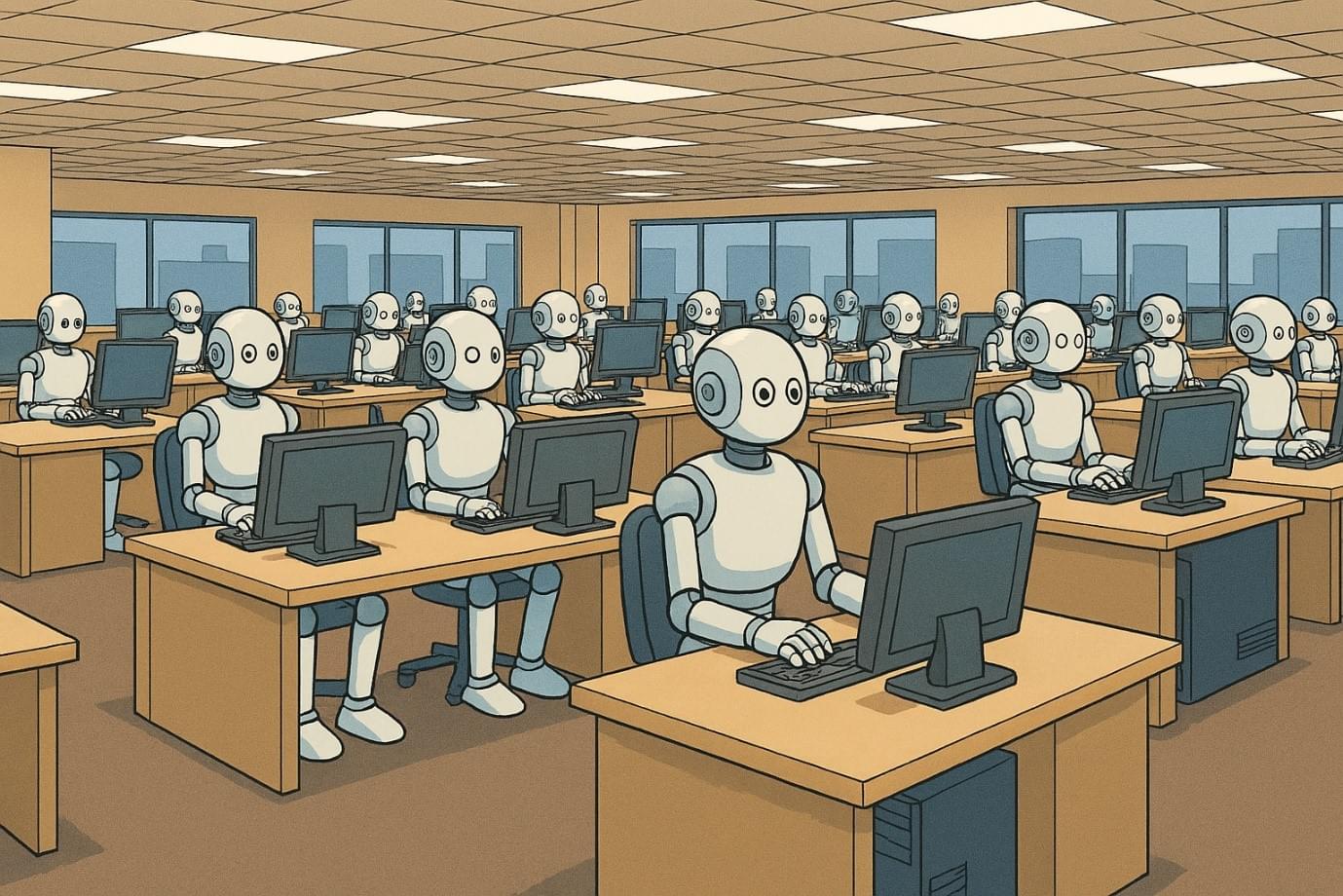A new study reveals that the brain actively maintains blood sugar stability during everyday life, not just during crises.







After living with psychiatric illnesses, including depression and PTSD, for many years and experiencing his first panic attacks when he was just a kindergartner, the patient in this study had been hospitalized numerous times. The authors write that he had endured “one protracted depressive episode without distinct periods of remission for 31 years.”
They describe his medical history as “remarkable” – he has tried at least 19 different medications and undergone electroconvulsive therapy (ECT) three times. While this treatment can be effective in some cases, in this patient it unfortunately left him with cognitive impairment.
Ultimately, the patient had experienced suicidal ideation and made attempts to take his own life. It’s thought that around a third of patients with major depressive disorder will progress to TRD, as in this case, and that is a strong risk factor for suicidality.

It has been widely recognized that whoever controls the development of novel materials controls technologies that evolve from them. The science and technology of materials synthesis are at the heart of the discovery, design, and realization of novel quantum materials that underpin quantum technologies. From a fundamental point of view, there is a current lack of clear-cut material realizations of recently proposed quantum states that promise revolutionary advances in novel technologies, including quantum spin liquids, accessible topological superconductors, room-temperature superconductors, controllable anyonic states, etc. The current mismatch between theory and experiment strongly suggests that daunting materials challenges will hinder advances in the development of quantum technologies, such as realistic quantum computers in future decades. Indeed, despite advances in quantum information processing in recent decades, major materials challenges have significantly limited progress in quantum computing hardware platforms. It requires collaborative efforts beyond the field of quantum computing to tackle these materials challenges. There is a clear indication that existing synthesis techniques are inadequate. New synthesis technologies capable of producing new phases and structures are urgently needed.
The central theme of this Special Collection is to communicate recent developments, identify new research areas, and collectively address urgent materials challenges faced by the community of quantum materials synthesis. It will serve as a renewed effort to improve the technical infrastructure available to researchers who require highly controlled sample materials for the conduct of fundamental materials investigations. This Collection presents invited articles written by leading scientists in this community and covers quantum materials synthesis of a range of forms of materials, such as bulk single crystals, thin films/heterostructures, and two-dimensional materials.

John C. Lilly was more than a scientist — he was an explorer of hidden realms. Through his experiments, he stepped beyond the veil of ordinary reality… and claimed to witness something no one was supposed to see.
The original 90 minute interview you’ll find here: https://thinkingallowed.vhx.tv/
Watch the full interview: https://www.youtube.com/watch?v=PZ9cJ5wFqrk.
Follow us:
https://www.facebook.com/videoadvice.
https://www.instagram.com/videoadvice2025
Script and Narration by Video Advice.
Footage provided by MotionArray.
Music provided by Epidemic Sound and Artlist.
References used under Fair Use Law.
📩 For any concerns or business inquiries, please get in touch with us at [email protected]

We’ve all heard the arguments – “AI will supercharge the economy!” versus “No, AI is going to steal all our jobs!” The reality lies somewhere in between. Generative AI1 is a powerful tool that will boost productivity, but it won’t trigger mass unemployment overnight, and it certainly isn’t Skynet (if you know, you know). The International Monetary Fund (IMF) estimates that “AI will affect almost 40% of jobs around the world, replacing some and complementing others”. In practice, that means a large portion of workers will see some tasks automated by AI, but not necessarily lose their entire job. However, even jobs heavily exposed to AI still require human-only inputs and oversight: AI might draft a report, but you’ll still need someone to fine-tune the ideas and make the decisions.
From an economic perspective, AI will undoubtedly be a game changer. Nobel laureate Michael Spence wrote in September 2024 that AI “has the potential not only to reverse the downward productivity trend, but over time to produce a major sustained surge in productivity.” In other words, AI could usher in a new era of faster growth by enabling more output from the same labour and capital. Crucially, AI often works best in collaboration with existing worker skillsets; in most industries AI has the potential to handle repetitive or time-consuming work (like basic coding or form-filling), letting people concentrate on higher-value-add aspects. In short, AI can raise output per worker without making workers redundant en masse. This, in turn, has the potential to raise GDP over time; if this occurs in a non-inflationary environment it could outpace the growth in US debt for example.
Some jobs will benefit more than others. Knowledge workers who harness AI – e.g. an analyst using AI to sift data – can become far more productive (and valuable). New roles (AI auditors, prompt engineers) are already emerging. Conversely, jobs heavy on routine information processing are already under pressure. The job of a translator is often cited as the most at risk; for example, today’s AI can already handle c.98% of a translator’s typical tasks, and is gradually conquering more technically challenging real-time translation.